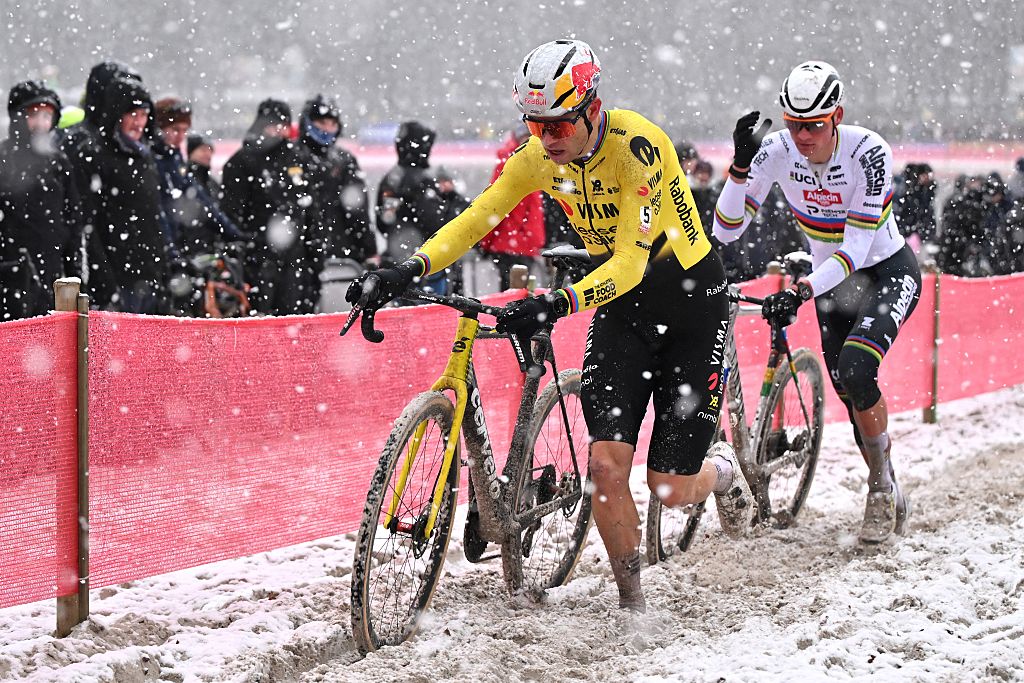Tech feature: Cannondale 2011 mountain bike launch
Cannondale sharpens Scalpel, reintroduces Jekyll for 2011
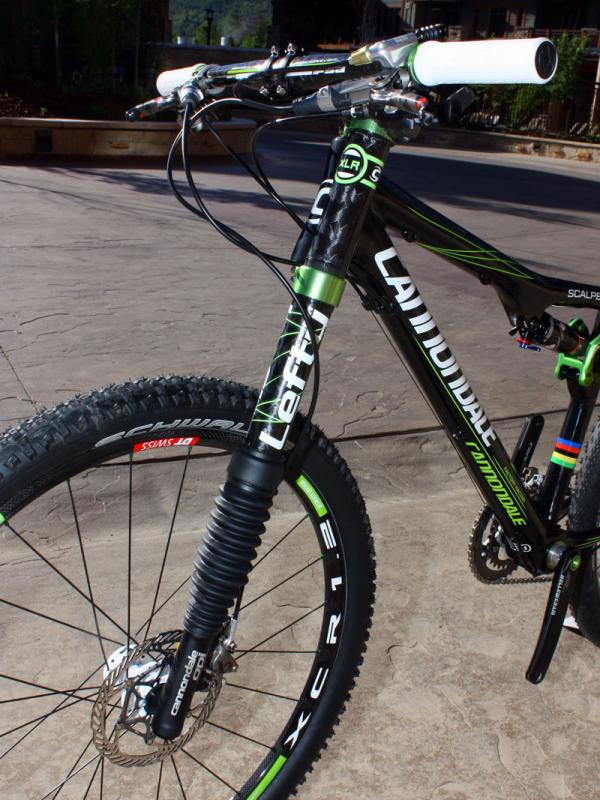
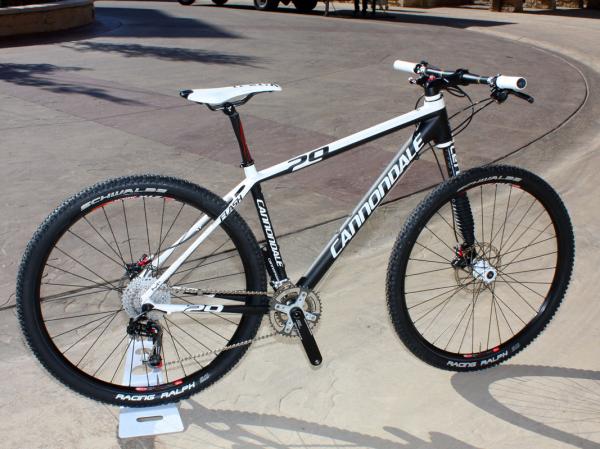
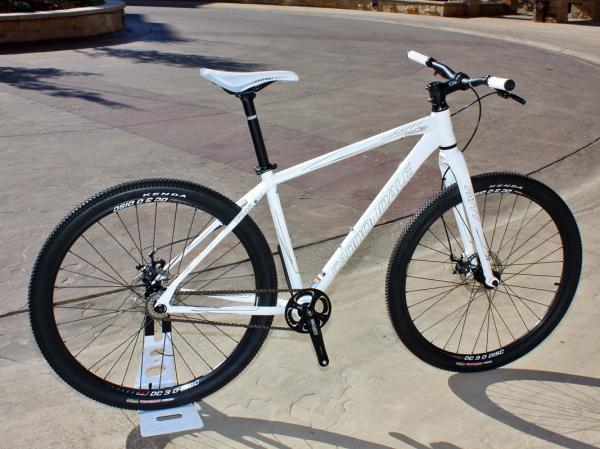
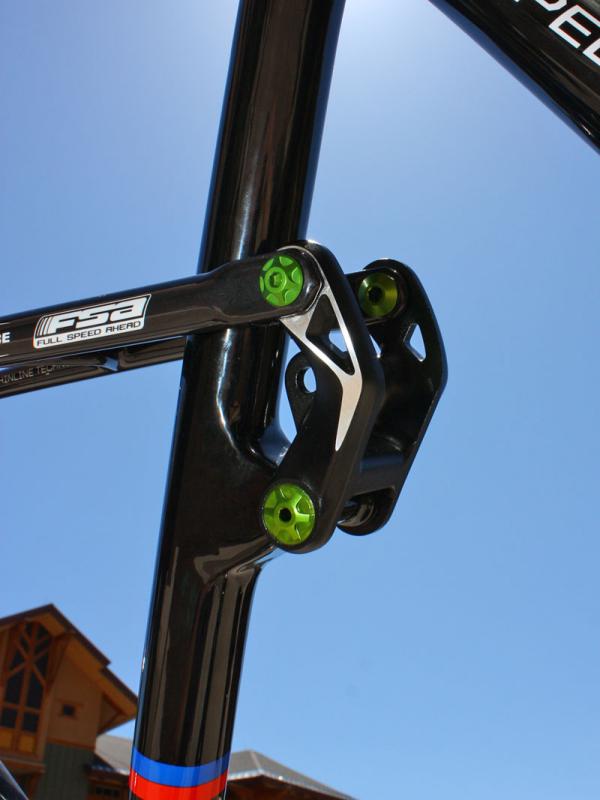
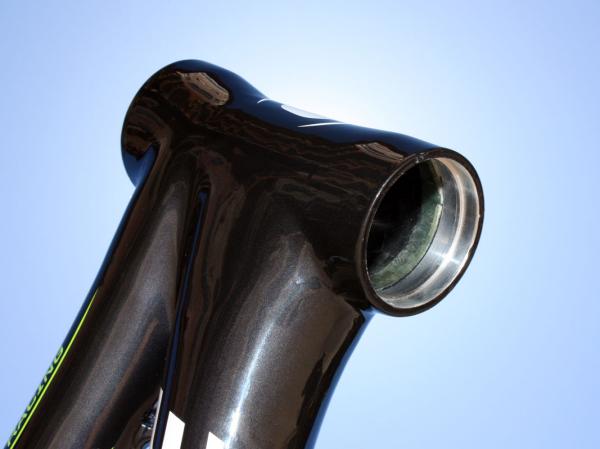
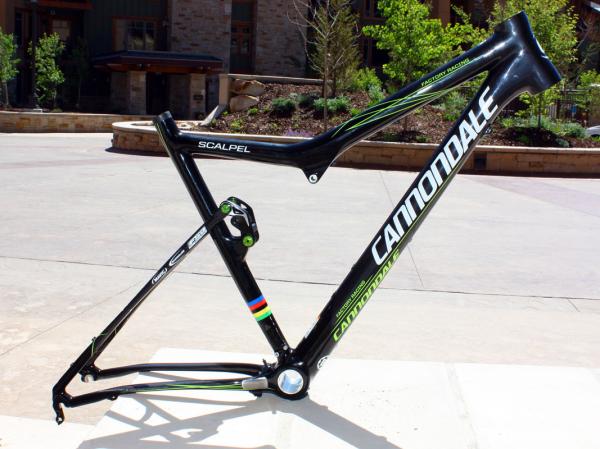
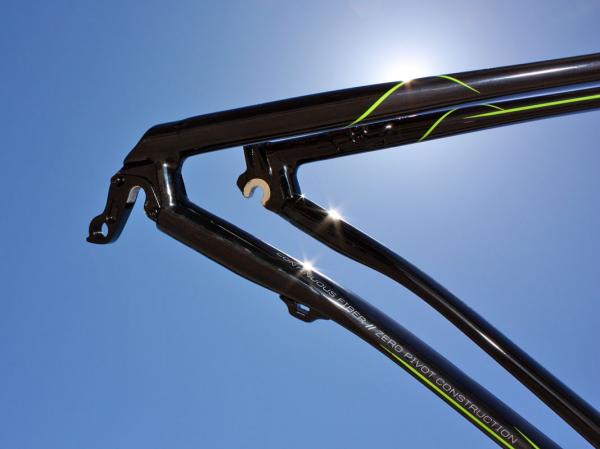
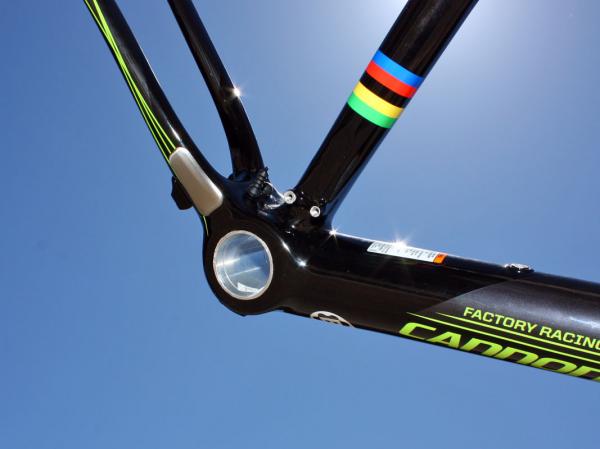
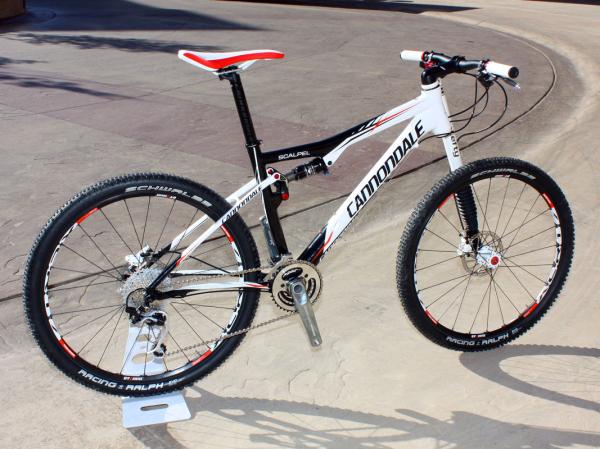
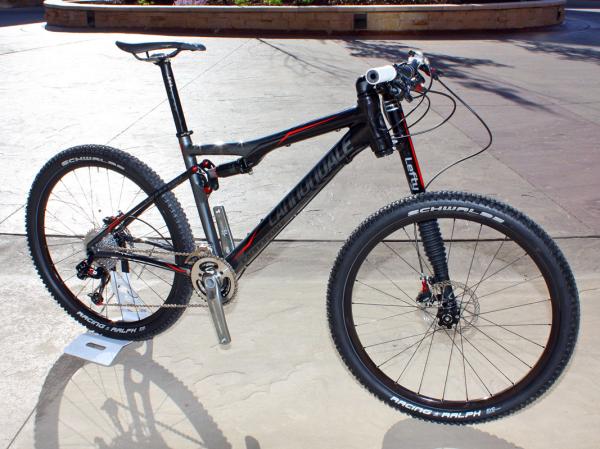
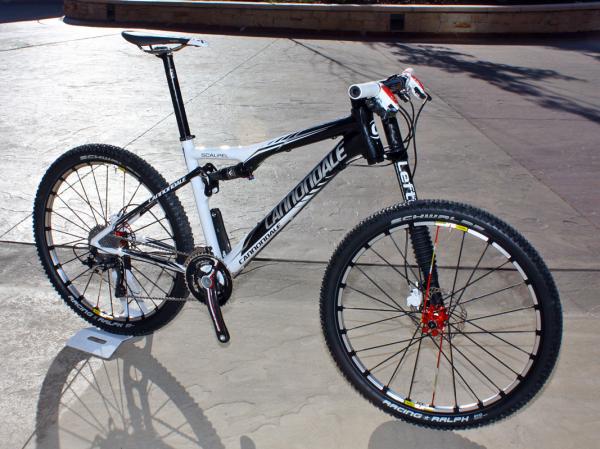
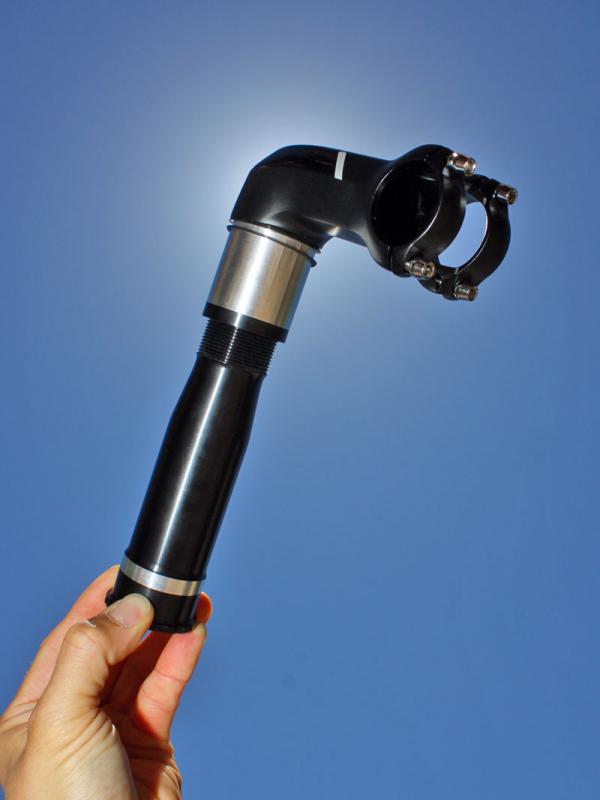
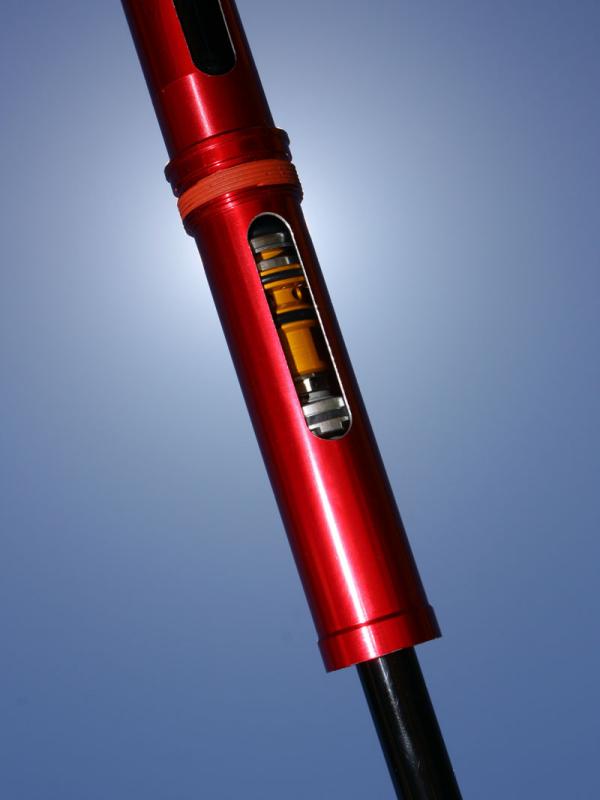
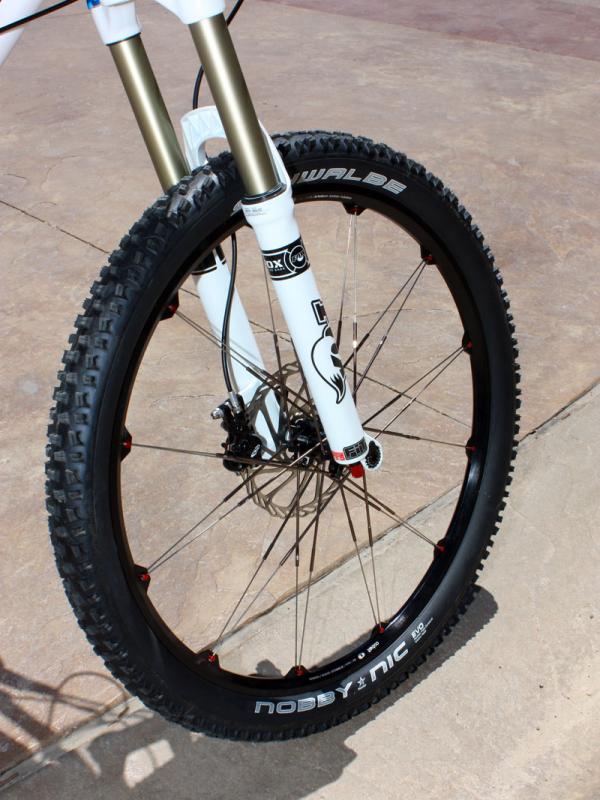
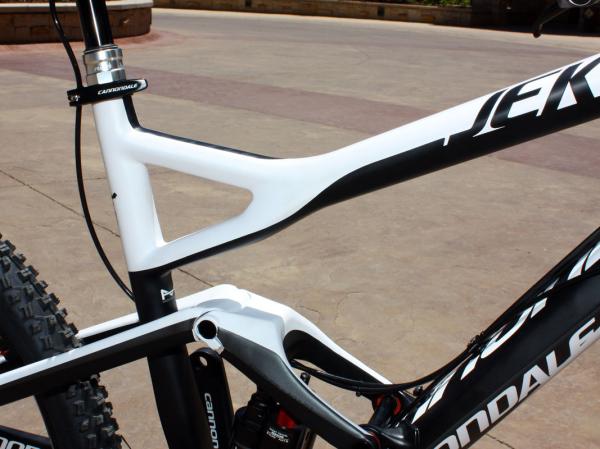
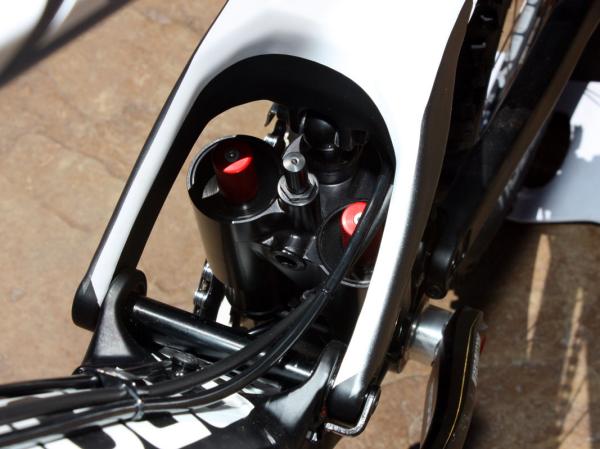
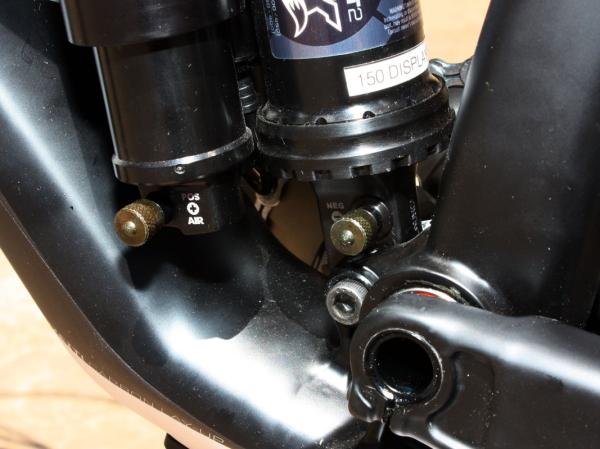
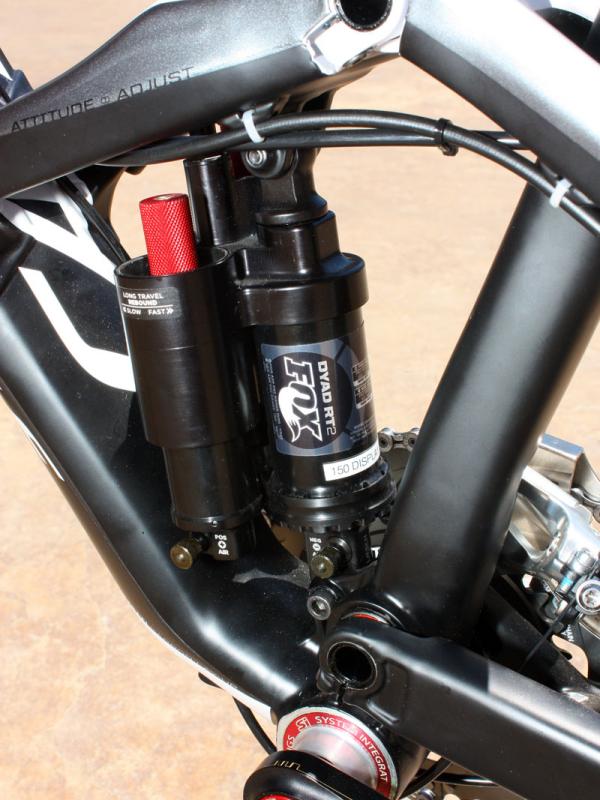
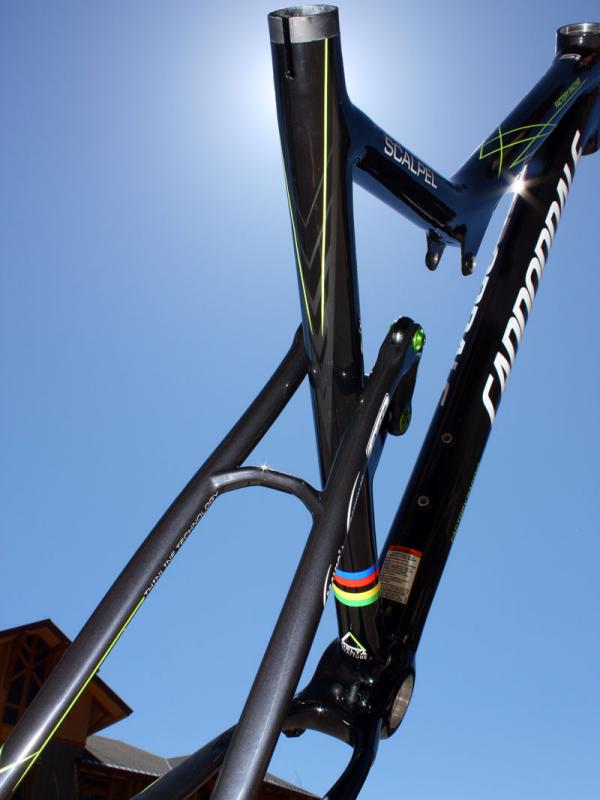
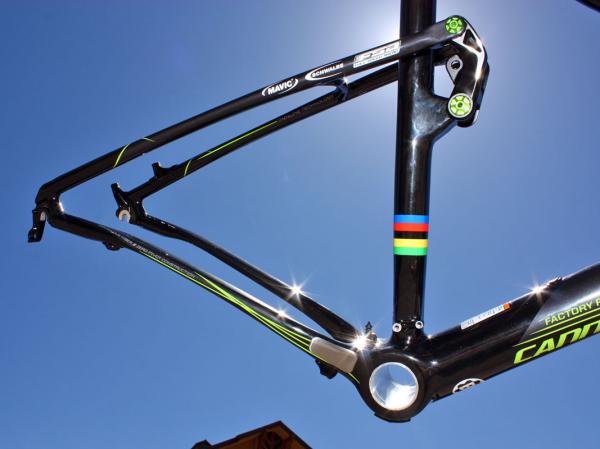
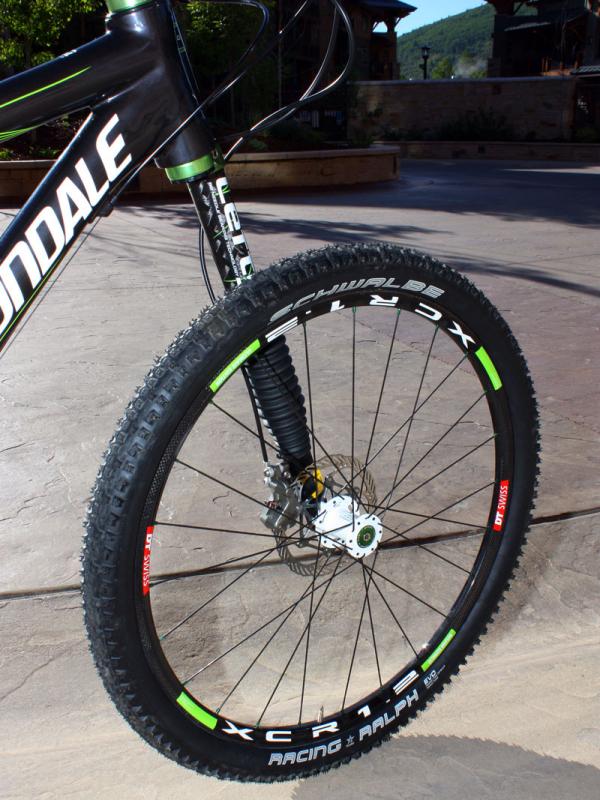
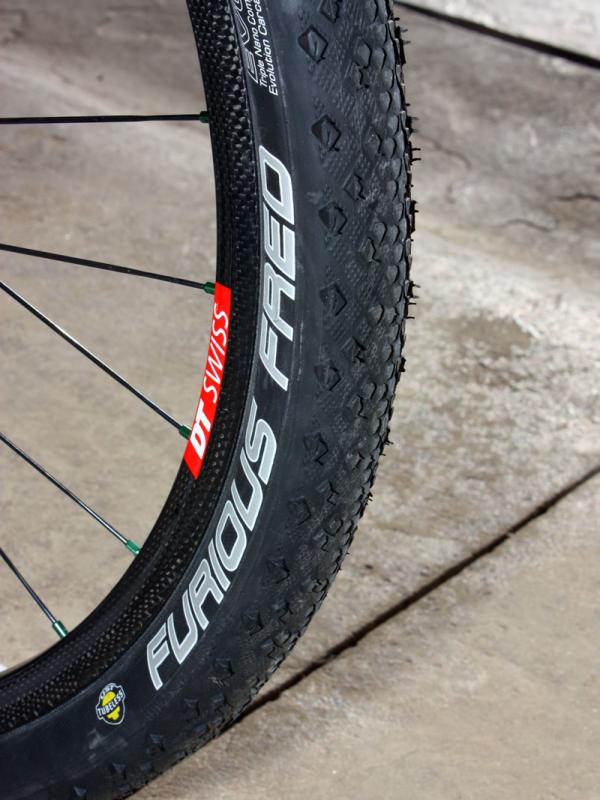
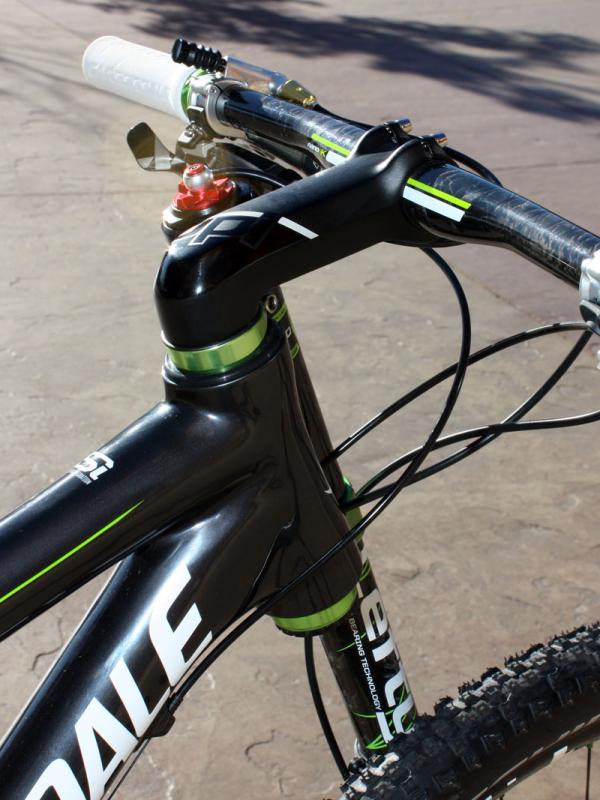
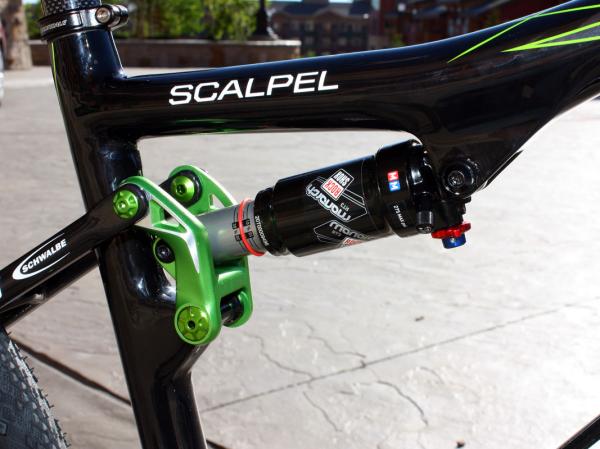
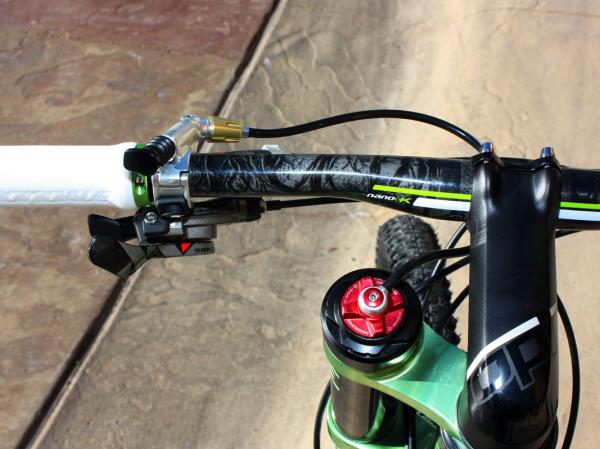
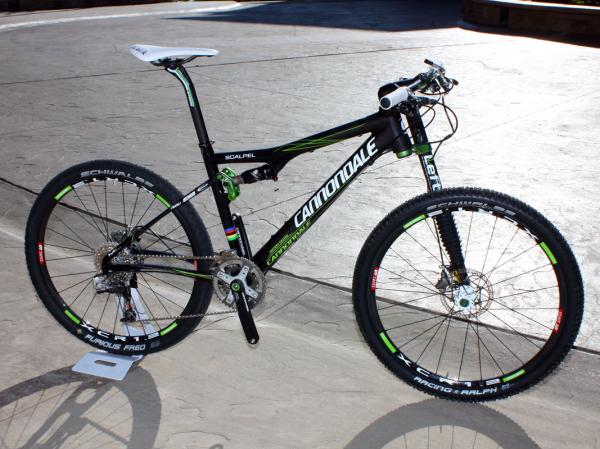

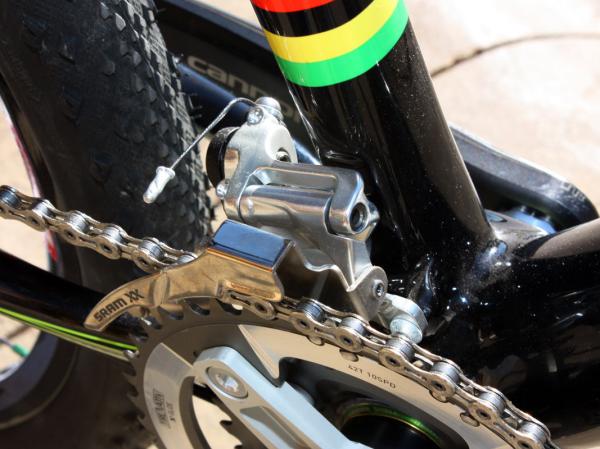
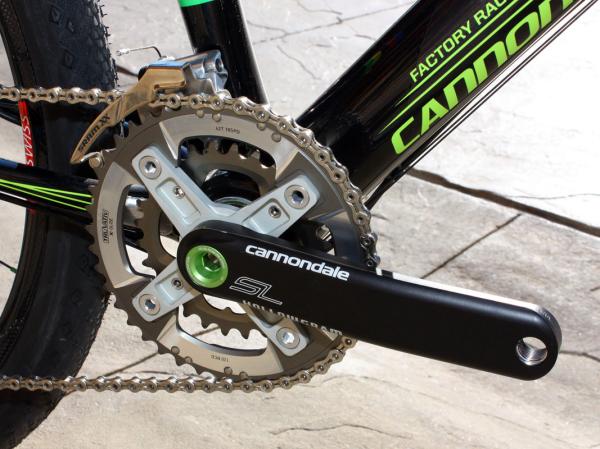
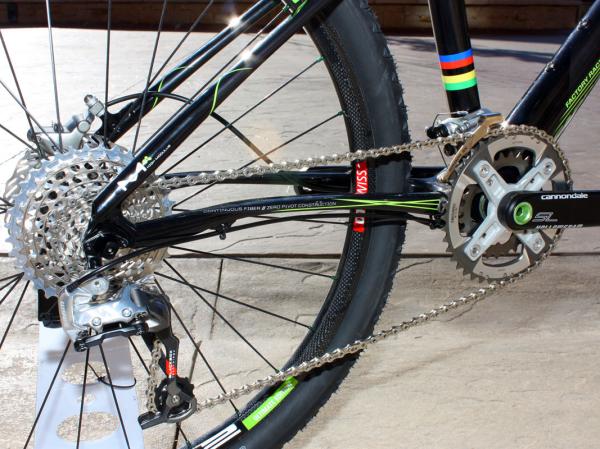
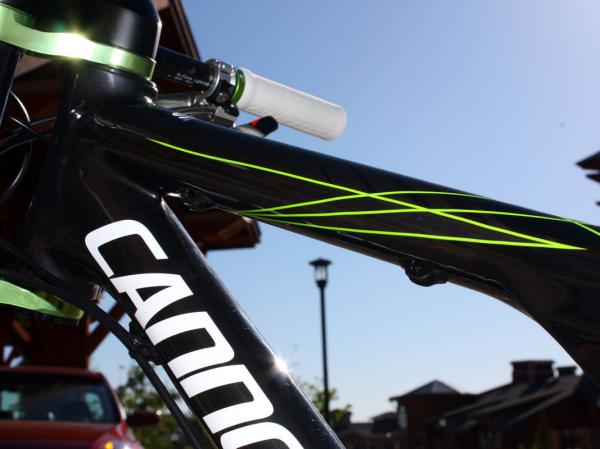
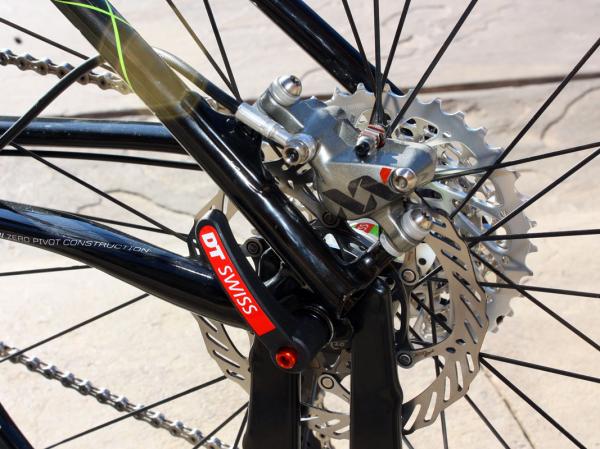
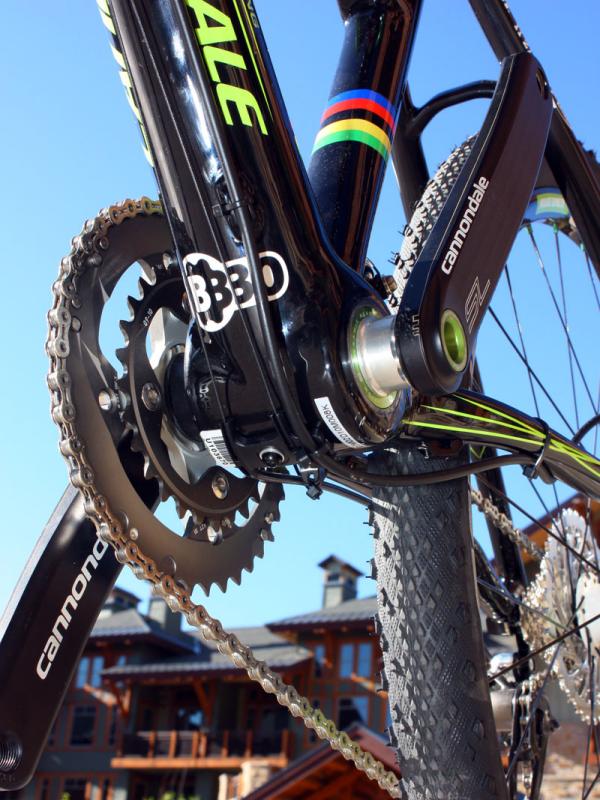
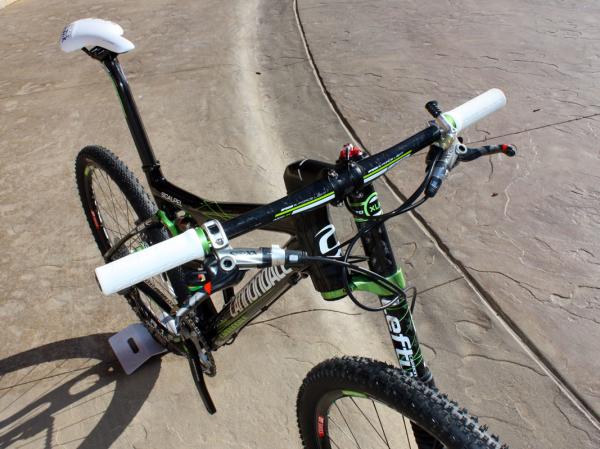
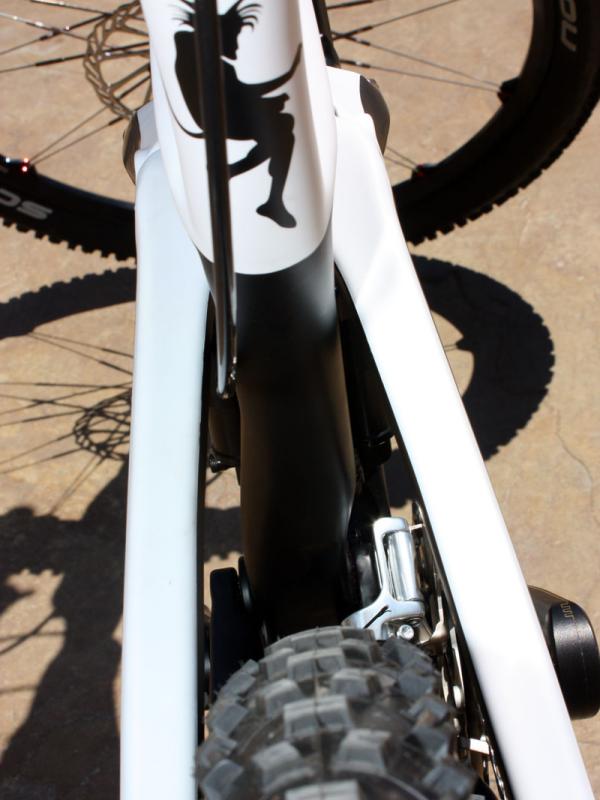
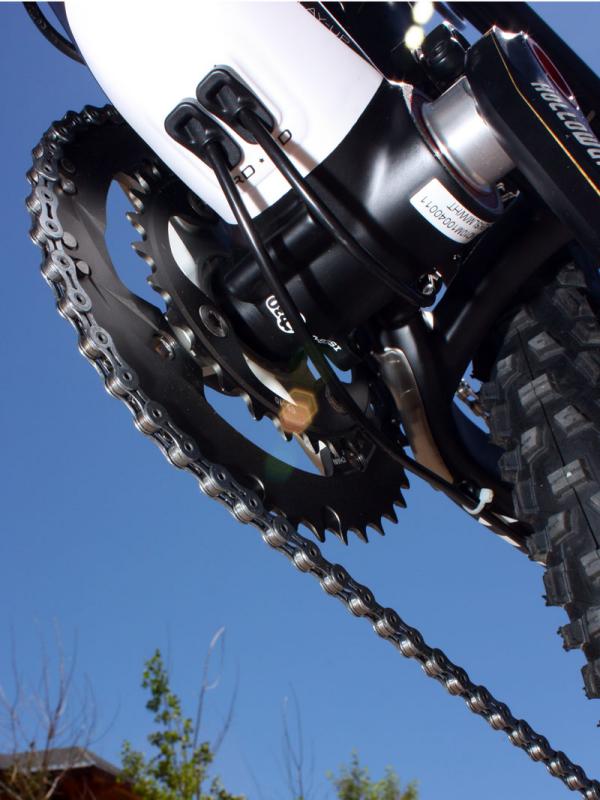
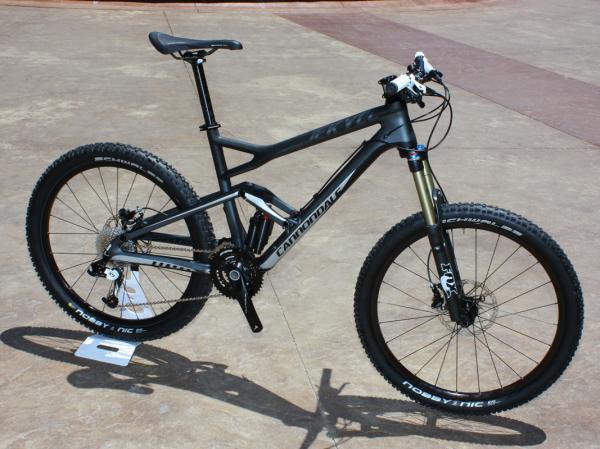
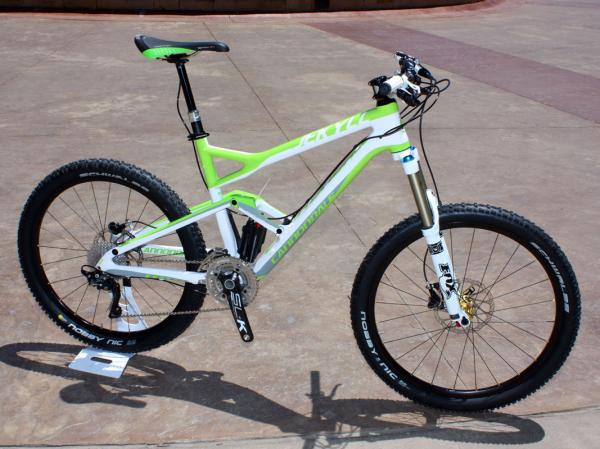
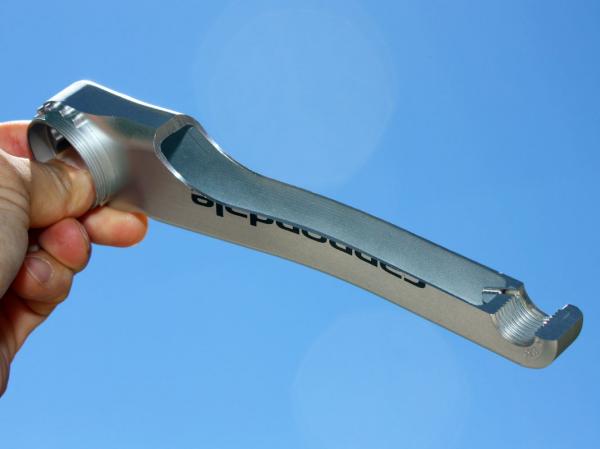
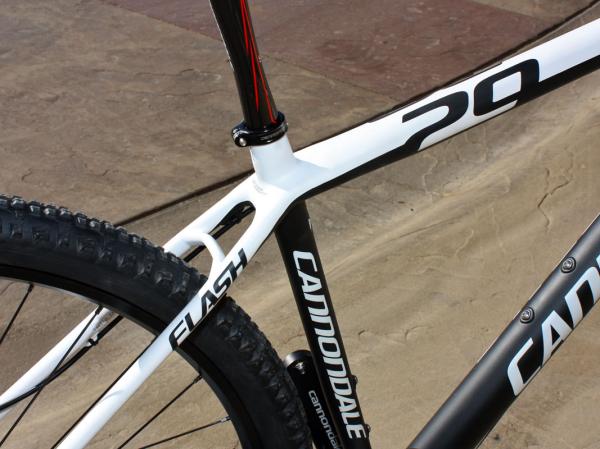
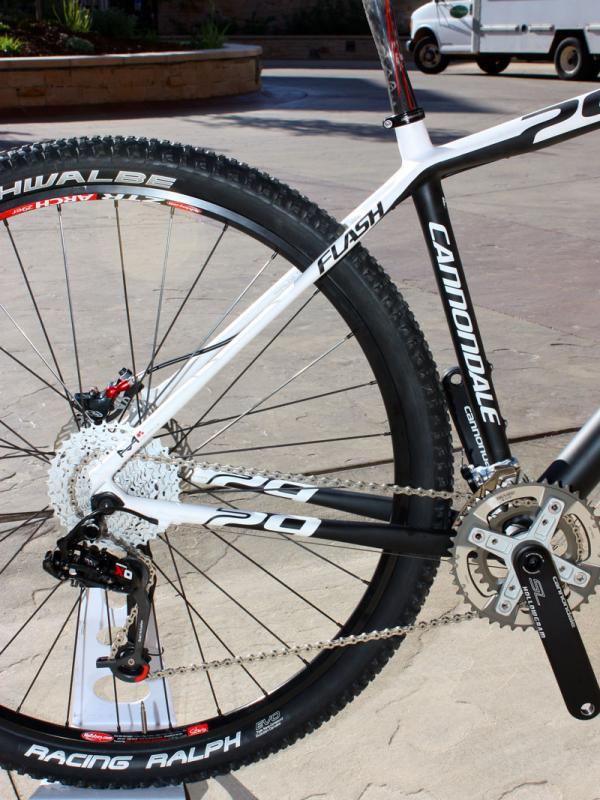
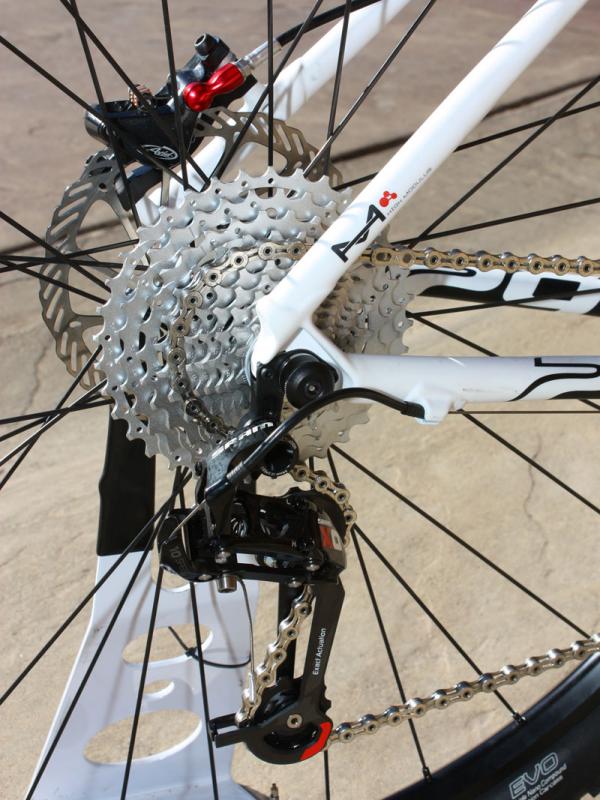
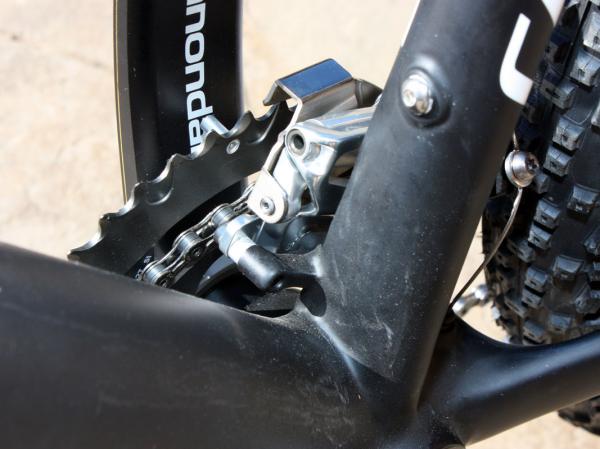
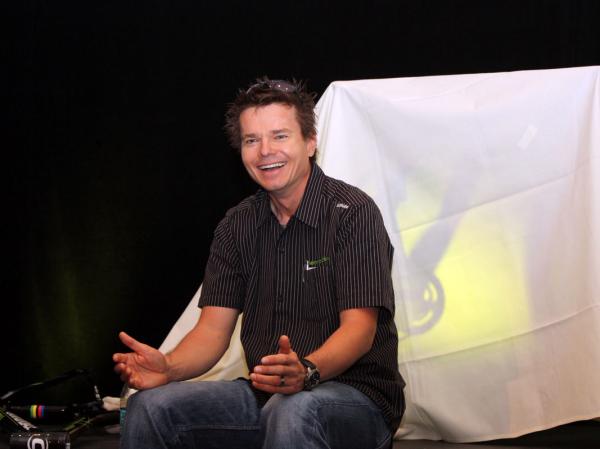
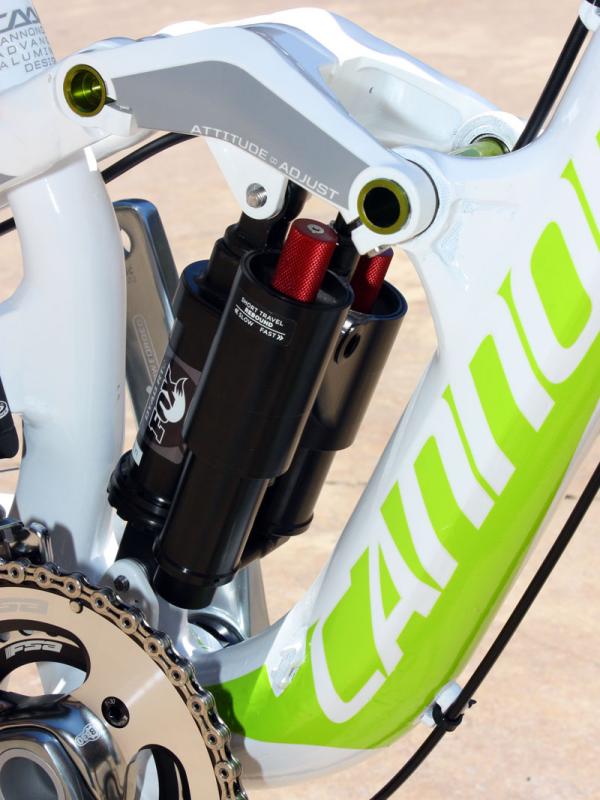
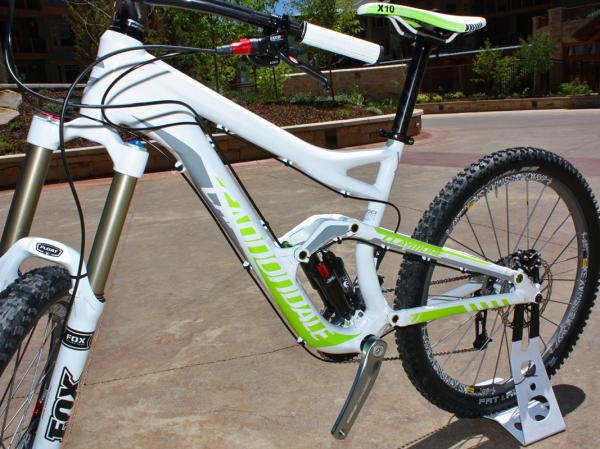
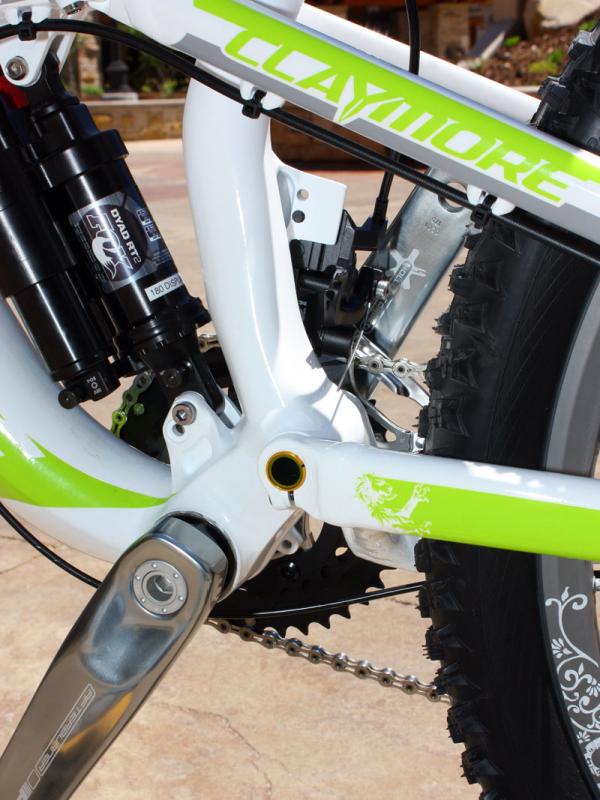
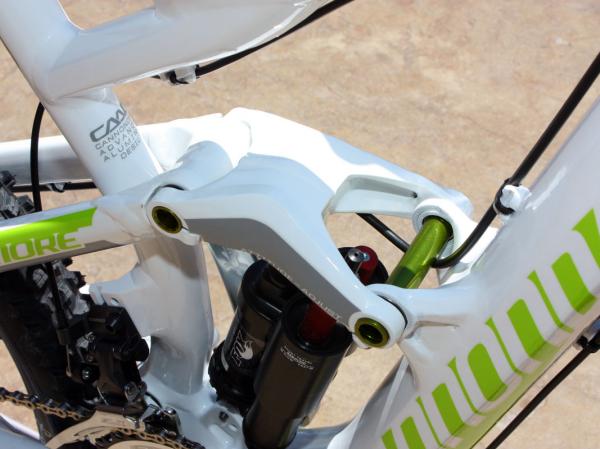
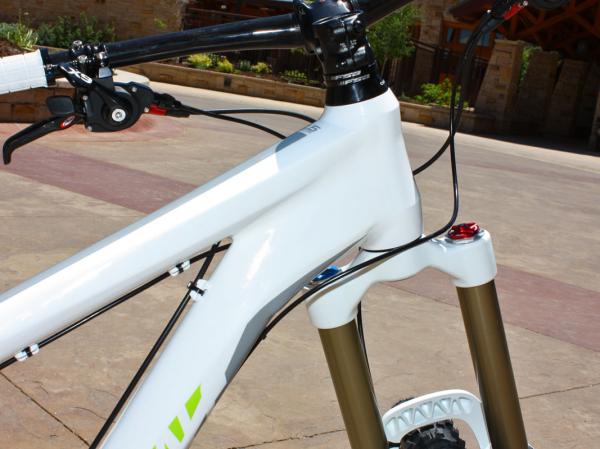
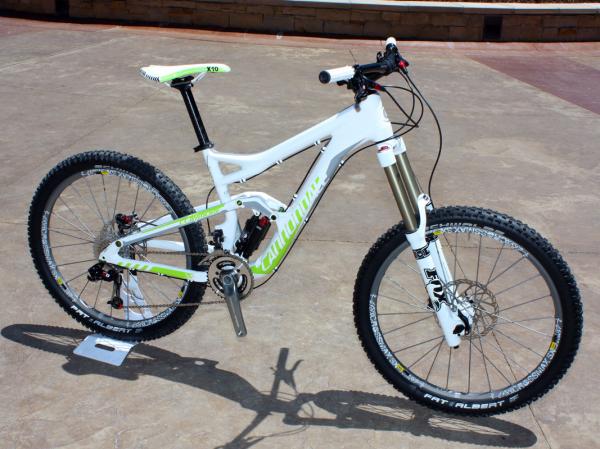
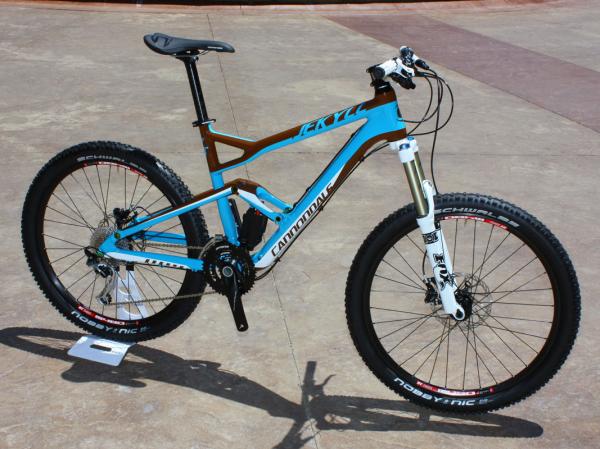
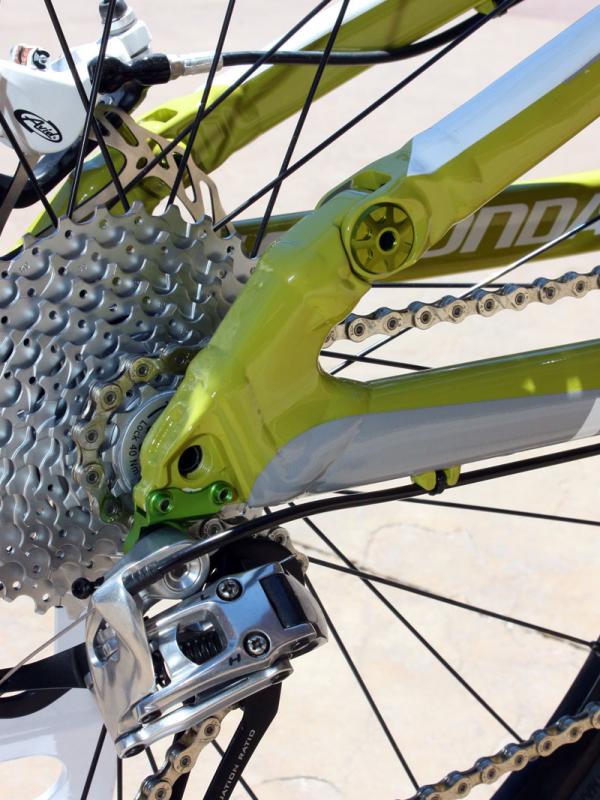
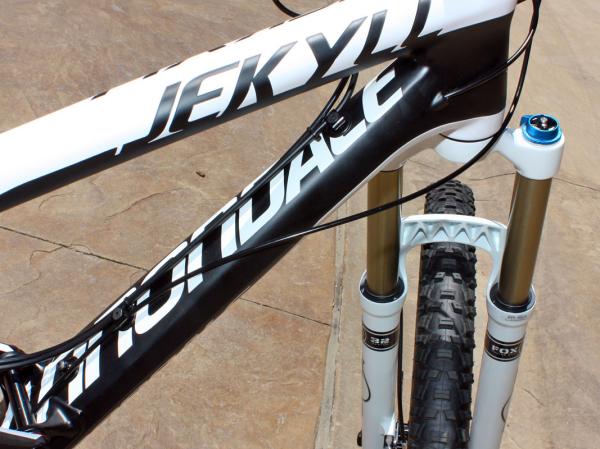
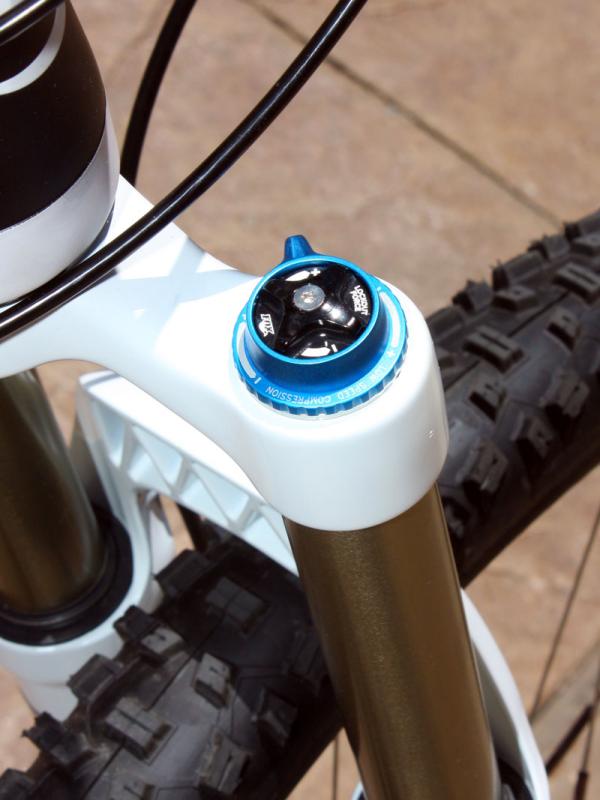
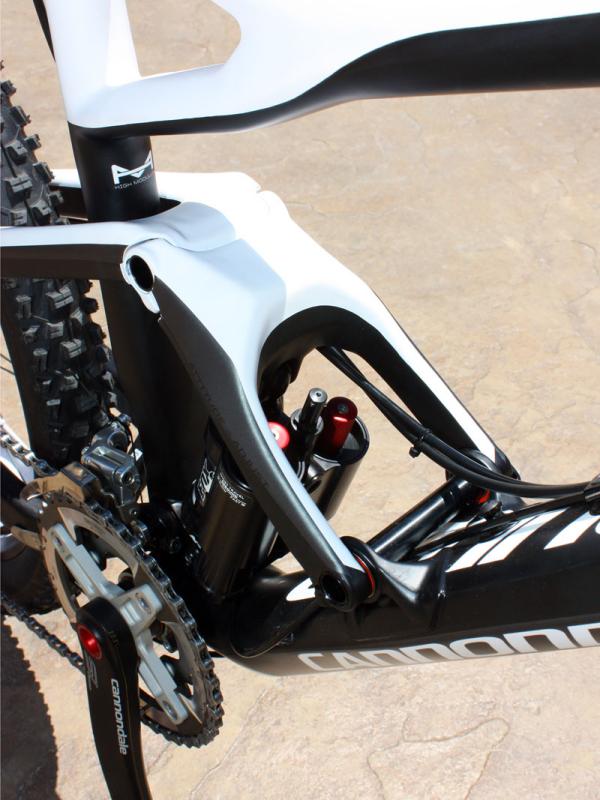
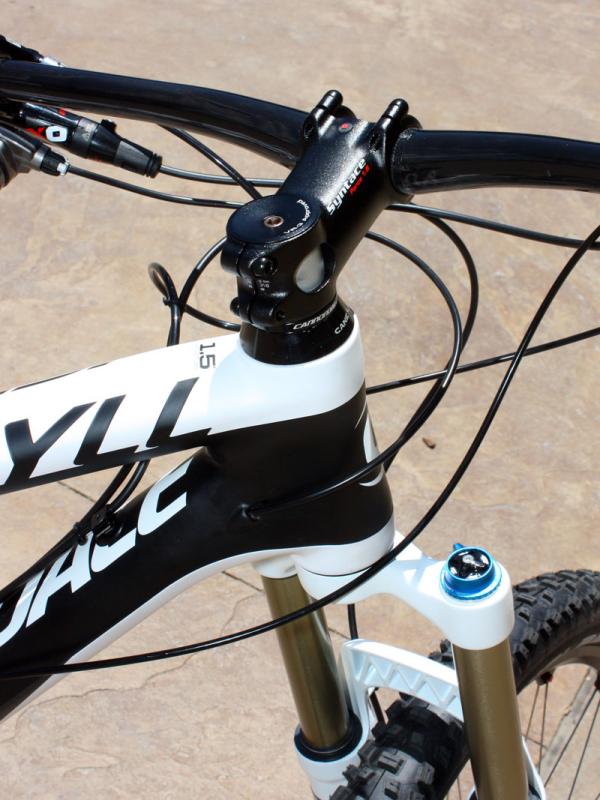
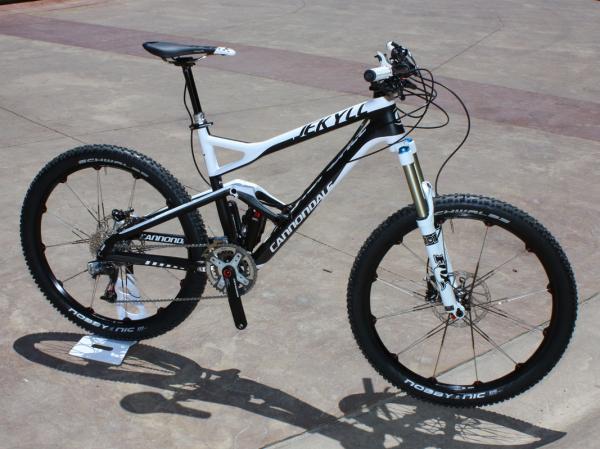
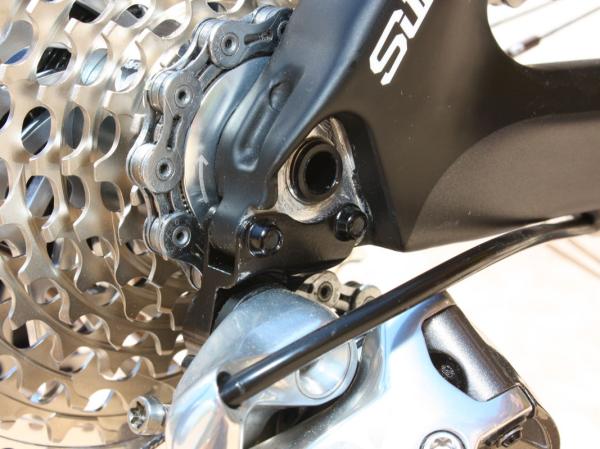
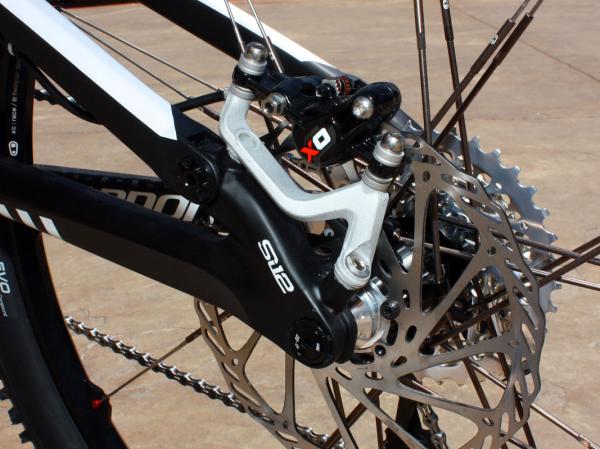
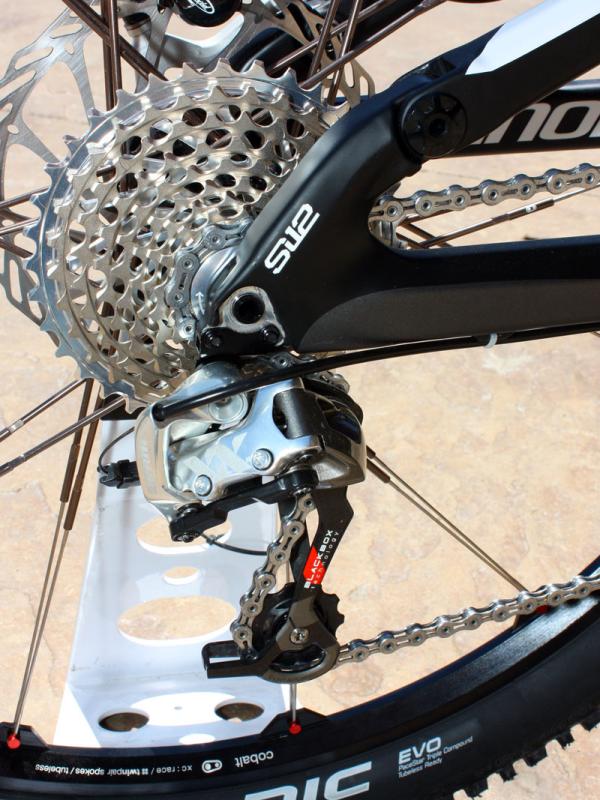
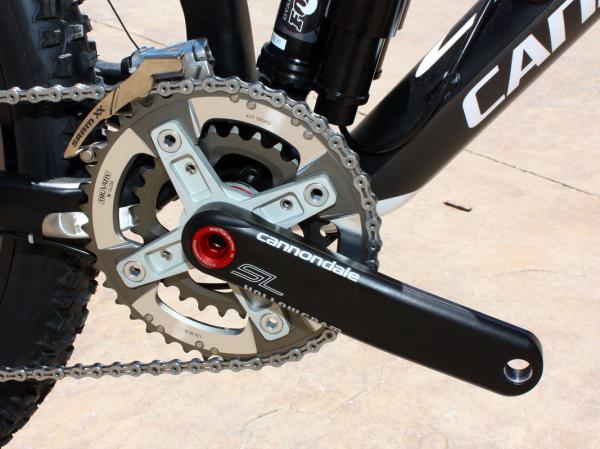
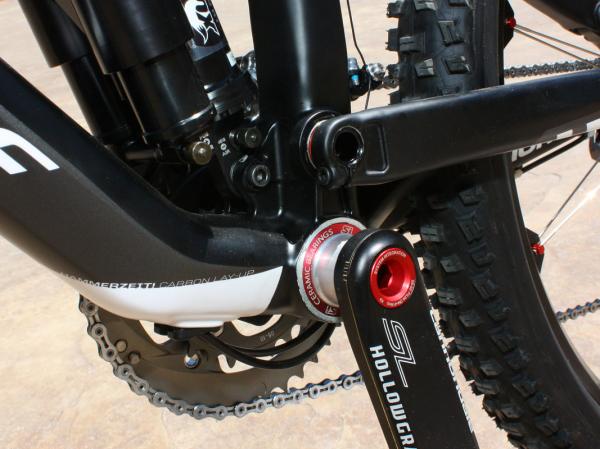
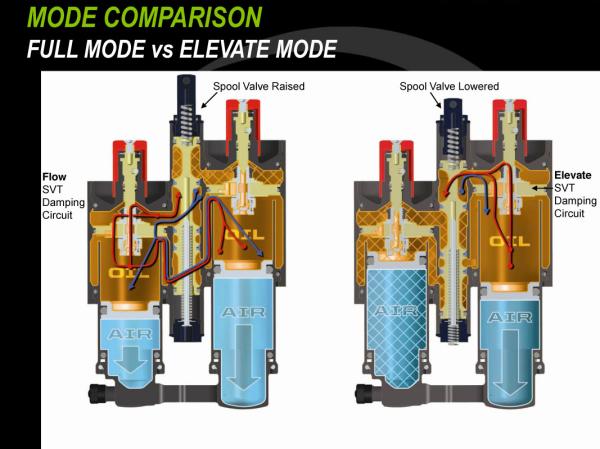
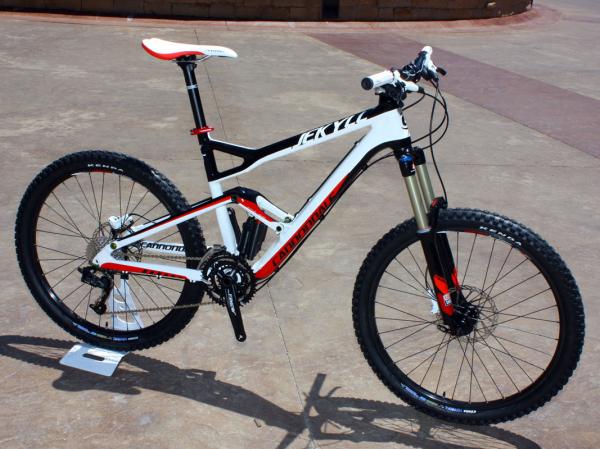

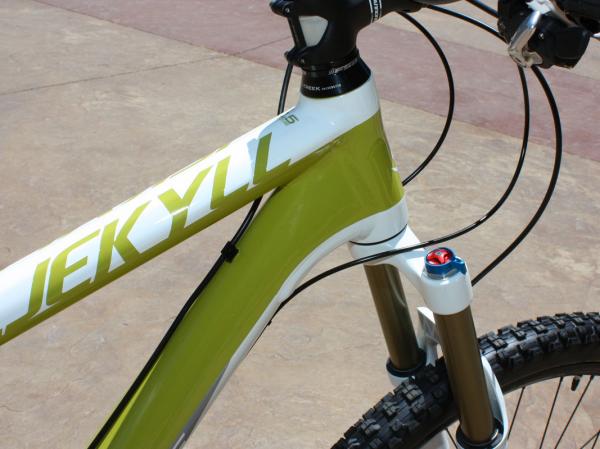
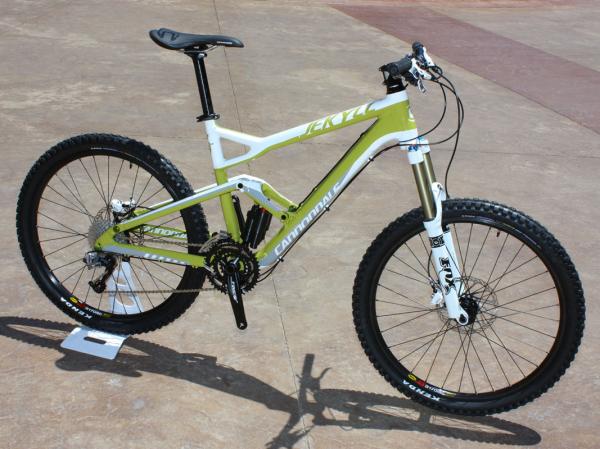
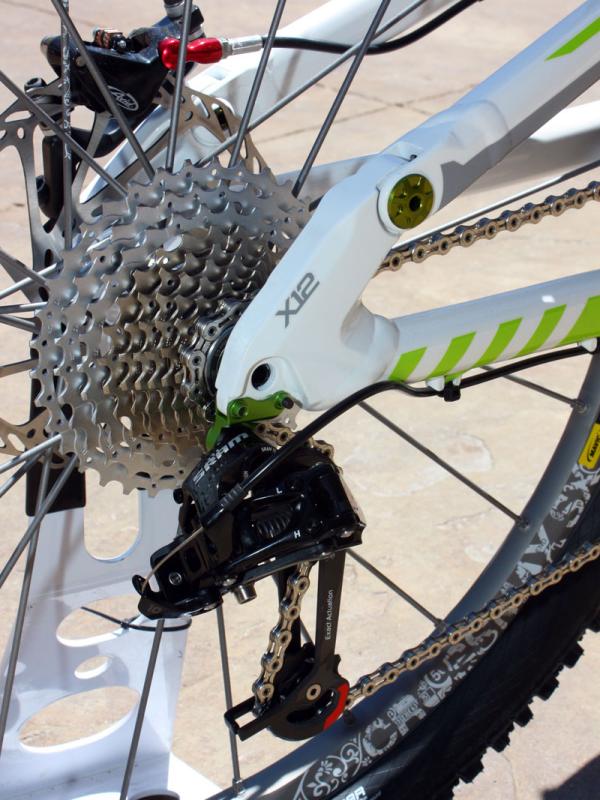
Cannondale has wasted little time putting the know-how of famed German frame designer Peter Denk to good use, launching a radically lightened Scalpel full-suspension racer, a reborn Jekyll all-mountain rig, and a 29" version of its feathery Flash carbon hardtail for 2011.
Scalpel sharpens up and slims down
Incredibly, Cannondale has managed to cleave about 350g (0.77lb) from the already-light 2010 Scalpel thanks to a drastically redesigned chassis that reportedly weighs around 1,565g (3.45lb) for the frame and shock. Rear wheel travel has also been reduced to just 80mm, making it even more of a purpose-built racer than before, while jumps in rigidity reportedly give it a 24 percent improvement in stiffness-to-weight over its nearest competitor, the Merida 96, and a whopping 40 percent gap over other competition such as Trek's Top Fuel and the Scott Spark RC.
The basic formula carries over - it's still a nearly all-carbon structure with engineered flex zones in the chain and seat stays instead of conventional pivots - but last year's monocoque front triangle has been replaced with a sleeker tube-to-tube design that Cannondale claims to be stiffer and stronger by virtue of the straighter tube surfaces, thinner walls, and more refined individual tube lay-ups.
Down below, the old aluminum shell and bonded-on chain stays have been replaced with a new one-piece all-carbon assembly similar to what's done on the company's road going Supersix while the new seat stays boast a molded-in bridge for improved rear triangle stiffness.
Interestingly, Cannondale hasn't made the move to use carbon exclusively throughout. The dropouts and post-mount disc tabs are still aluminum - a move Cannondale says is nearly as light as carbon but more durable and resistant to heat build-up from the brake caliper - as are the shock linkage, its seat tube-mounted anchor point, the BB30 bottom bracket sleeve, headset bearing seats, and direct-mount front derailleur posts.
Alloy dropouts on the Scalpel Ultimate anchor a SRAM XX rear derailleur.
The latest race content, interviews, features, reviews and expert buying guides, direct to your inbox!
Naturally, the new Scalpel continues with Cannondale's well-established history of component integration, too, with 100mm-travel Lefty forks and 2x10 BB30 cranksets (with the exception of the XTR model) featured across the board plus tubeless-ready Schwalbe tires.
Cannondale will offer the Scalpel in four models for 2011 with identical carbon frames and 2x10 drivetrains across the board and with availability beginning this fall: the top-end Scalpel Ultimate (8.4kg/18.5; US$9,599) with a Lefty Speed Carbon SL w/XLR fork, a SRAM XX group with a Hollowgram SL crankset, and DT Swiss XCR 1.2 carbon-rimmed wheels; the Scalpel 1 (9kg/19.84lb; US$7,199) with a Lefty Speed Carbon SL w/PBR fork, Shimano's upcoming XTR Dyna-Sys group paired with an FSA SL-K 386 crankset, Magura Marta SL brakes, and Mavic Crossmax SLR wheels; the Scalpel 2 (US$5,099; weight unavailable) with an alloy Lefty Speed w/XLR, a SRAM X9/XO transmission and FSA Afterburner 386 BB30 cranks, Avid Elixir CR Carbon brakes, and Sun-Ringlé Black Flag Pro wheels; and the Scalpel 3 (US$3,949; weight unavailable) with a Shimano SLX/XT transmission, FSA Afterburner 386 BB30 cranks, Avid Elixir R brakes, and custom DT Swiss wheels.
As least for now, Cannondale says there are no plans to develop a less expensive aluminum frame variant, saying it'd be too difficult to replicate the new Scalpel's more highly integrated carbon structure in welded metal. Cannondale vice president of research and development Chris Peck doesn't rule out the possibility of a 29er version, though - an assuredly potent combination that we'd certainly like to see in the near future – and consumers will also be able to purchase bare Scalpel frames for custom builds.
The Jekyll nameplate returns bigger and better - with new split personality
The other major introduction is an all-new 150mm-travel Jekyll 'OverMountain' bike – a moniker that Cannondale says better describes the bike's dramatically more efficient climbing than most typical 'all mountain' machines yet while also lending better downhill performance, too.
Key to the two-faced personality is a dedicated pull-style shock co-developed with Fox Racing Shox. Unlike other travel-adjust rear shocks currently available, the new Dyad-RT2 literally is two separate shocks – each with its own damping circuitry and positive air chamber – tied together with a central sub-body that selects between the two and also houses the independently adjustable single negative air chamber.
In so-called 'Flow' mode, the full 150mm of travel is available and both positive air chambers are activated to provide a higher-volume and more linear feel. Only one damping circuit is active, though, which uses a traditional shim stack to provide a proper ride feel for descents and faster sections of trail. When tied to the flat-progressive frame linkage geometry, the result a coil-like feel with supple small bump performance and well-controlled big hit capabilities that can take full advantage of the stable 67.5-degree head tube angle.
The Cannondale Jekyll Ultimate is touted as big and burly but at the same time a capable climber by virtue of its innovative Dyad-RT2 two-mode shock and light chassis.
Switch to 'Elevate' mode via the handlebar-mounted remote, though, and the oil flow is diverted to the other damping circuit exclusively and only one positive air chamber is available. Travel is thus reduced to 90mm, spring rate increases significantly, and sag is reduced by about 40 percent for a better climbing position. As with the 'Flow' setup, the 'Elevate' uses a traditional pyramid-style shim stack – not Fox Racing Shox's Boost Valve technology as featured in its inline products – but with an additional preload shim to lend some pedaling platform.
Also worth noting is that Cannondale hasn't otherwise tried to squelch suspension suppleness in Elevate mode, preferring to make maximum use of the 90mm of available travel and coupling it with the linear portion of the linkage ratio for a good ride quality and better traction on technical climbs.
The relatively small air chamber volumes (at least as compared to conventional shocks) will require unusually high inflation pressures – around 300-400psi in most cases – but Cannondale will include a special pump with each bike. The internal design suggests good reliability, though, with only four dynamic seals in total – all of which are constantly in contact with lubricating oil – and lots of surface area and high oil volumes throughout for good heat dissipation.
Bolted around the innovative Dyad-RT2 shocks is a pair of equally impressive frames – one in carbon, and another in alloy.
The carbon Jekyll naturally places a high priority on toughness with special high-impact fibers throughout the entire monocoque and tube-to-tube frame that are augmented with high-modulus plies only in key areas for stiffness. Lest riders be scared away by carbon fiber in this application, Cannondale says its in-house testing has shown the carbon Jekyll frame to be stronger than an equivalent alloy one while also more dent-resistant than a steel one.
Of course, it's also extremely light with a claimed weight of 2.62kg (5.78lb) including the chunky rear shock, which weighs 560g on its own and makes the frame-only weight all that more impressive.
None of this would mean much without stiffness, too, so there's also a gargantuan-sized down tube, straight 1.5" head tube (with corresponding enormous joints), large-profile chain and seat stays, box-section dropouts, and thru-axles front and rear. The linkage itself a particularly trick piece with co-molded carbon fiber and aluminum construction, exceptionally wide anchor spacing, inboard-mounted cartridge bearings, and 15mm pivot axles which are securely clamped at their outer edges so as to eliminate the possibility of twist and even the dropouts use two cartridge bearings each to further cut down on flex.
Denk contends that all of this yields excellent overall frame stiffness but also better 'center stiffness', which he claims is a better indicator of handling response and feeling "connected" to the trail – and interestingly, he says frames that display different frame and center stiffnesses can still measure identically on a bench test.
Given Cannondale's long history with forming aluminum, it should come as no surprise that the identically-featured alloy Jekyll is a promising-looking beast as well with septuple-butted and hydroformed alloy tubes, welded clamshell-style hollow dropouts, and a welded clamshell-style hollow linkage that ends up weighing just 8g more than the carbon version.
Carrying over from the carbon Jekyll are the 142x12mm rear thru-axle, identical pivot systems, and straight 1.5" front ends, plus the Dyad-RT2 rear shock.
Cannondale will offer three carbon Jekyll models and three alloy ones, all with surprisingly XC-oriented build kits in spite of their relatively long travel – perhaps to further emphasize their touted climbing performance.
The top-end Jekyll Ultimate (US$7,999, 11.5kg/25.4lb) will include a SRAM XX 2x10 transmission, Hollowgram SL BB30 crank, Avid X0 brakes, a Fox Racing Shox 32 Talas FIT RLC, crankbrothers cobalt wheels, and a RockShox Reverb seatpost; the Jekyll Carbon 1 (US$5,349, 12.1kg/26.7lb) uses a Shimano XT/XTR 3x10 transmission, FSA SL-K BB30 cranks, Avid Elixir CR Carbon brakes, a Fox Racing Shox 32 Talas FIT RLC fork, Sun-Ringlé Black Flag Pro wheels, and a RockShox Reverb seatpost; and the Jekyll Carbon 2 (US$4,249, 12.2kg/27.0lb) will use a SRAM X-7/X-9 3x10 drivetrain, FSA Afterburner BB30 cranks, Avid Elixir CR brakes, Sun-Ringlé Black Flag Expert wheels, a Fox Racing Shox 32 Talas RL fork, and a fixed-length seatpost.
The alloy Jekyll 3 (US$4,049, 13.3kg/29.4lb) will use a 3x10 Shimano SLX/XT transmission with FSA Afterburner BB30 cranks, Avid Elixir CR brakes, DT Swiss/Formula wheels, and a Fox Racing Shox 32 Talas RL fork; the Jekyll 4 (US$3,5499, 13.8kg/30.5lb) moves to a SRAM X-7/X-9 3x9 transmission with Truvativ Firex non-BB30 cranks, DT Swiss/Formula wheels, and a non-travel adjustable Fox Racing Shox 32 Float RL fork; and finally the Jekyll 5 (US$2,999) will come with a SRAM X-7 3x9 transmission, Truvativ Firex cranks, Avid Elixir 3 brakes, DT Swiss/Formula wheels, and a RockShox Revelation Dual Air fork.
Availability for all Jekyll models is expected around the end of the 2010 calendar year and bare frames will be offered as well.
Want more? Cannondale will also introduce a women's specific version of the alloy Jekyll called Scarlet with smaller-diameter and lighter tubes plus lower standover heights as well as a harder hitting 180mm long-travel variant called Claymore with far beefier frame construction, revised geometry for faster and more aggressive riding, and dual Dyad-RT2 shock positions for customized handling.
New 29" hardtails
The 2011 bike range will also see updates to the 29"-wheeled version of the feathery Flash carbon hardtail, new alloy versions based on the carbon design, plus a new fully rigid all-alloy 29er singlespeed.
By all accounts, the Flash Carbon 29'er frame is a big-wheeled copy of the company's ultralight 26" Flash with similar tube profiles and carbon construction technique throughout, the same SAVE seat- and chain stay shaping for extra rider comfort out back, and lightweight alloy dropouts and post mount disc tabs (for 160mm rear rotors). Frame weight climbs a bit on account of the larger wheels but is still a stellar 1,050g (2.3lb) in the top-end Hi-Mod form.
All-new alloy versions are on tap as well with many of the design features of the carbon frames – such as the flattened stays and especially wide seat clusters – but in more economical welded aluminum construction.
Cannondale will even offer a fully rigid 29er singlespeed for 2011, which uses a suspension-corrected Fatty aluminum fork for those that want to feel every bit of the trail.
Cannondale's fully rigid Trail SL3 29er singlespeed should appeal to purists
Internal changes lend a more refined ride to Lefty forks
Cannondale's innovative Lefty fork range will carry over mostly unchanged in terms of chassis design - a good thing in our eyes as it's already fantastic as is with ultralight weights, surprisingly outstanding stiffness, and unmatched small bump compliance - but internal updates will lend a more controlled ride than before plus more customization and tuning potential.
Key changes include a new internally adjustable low-speed compression circuit to cut down on brake dive plus a newly adjustable-volume version of RockShox's Solo Air system to dial in the desired spring rate progression.
In addition, a new XLR variant of Cannondale's PBR damper will finally allow remote lockout capability via RockShox's hydraulically actuated X-Loc lever (but unfortunately without the adjustable blowoff threshold).
Going away entirely are the DLR and RLC damper-equipped Leftys.
Even the associated integrated stem/steerer tubes get an upgrade for 2011, too, with a newly adjustable system that offers 15mm of height adjustment while also shedding 15g and boasting more knee-friendly surfaces.
So how do they ride?
We didn't have a chance to sample either of the 29ers or the Jekyll due to time constraints but to say that the Scalpel Ultimate was an eye-opening experience would be an understatement as little can prepare you for what an 8.4kg full-suspension bike actually feels like on the trail.
Climbing and sprinting performance are simply remarkable thanks to the shocking lack of mass and the excellent overall chassis rigidity. We found ourselves flat-out attacking the climbs surrounding Deer Valley, Utah and aggressively accelerating on even steep pitches is notably easier than usual.
Rear suspension performance is somewhat of a mixed bag based on first impressions, though, as the carbon rear end's built-in spring rate and relatively firm shock valving make for a very firm feel almost regardless of shock pressure. Even though we ended up using the full travel on our test ride, the rear end of the Scalpel still feels a bit more like a softail than a proper suspension rig especially on rougher rock garden areas.
Hard pedaling with the rear shock platform turned off also yields noticeable suspension squat, although to be fair it somehow doesn't seem to have even a moderately negative effect on pedaling.
Handling is razor-sharp and downright frenetic at times on account of the hyper-accurate Lefty fork and steepish frame geometry, which closely mimics that of the Flash hardtail save for a half-degree slacker head tube angle, a 20mm-higher bottom bracket and just a 2mm of extra wheelbase - even the chain stay length is identical.
Combined with the firm suspension that has a tendency to skip through rough corners, the result is a lightning-quick machine that rewards the attentive rider but penalizes one that falls asleep at the wheel. In other words, it's best to focus on catching the rider ahead of you, not the surrounding scenery.
If your aim is going fast the new Scalpel looks to be an enticing new option - but those looking for something that can serve double duty as a trail bike may want to look elsewhere.
